“It leads to a different kind of knowledge that is more relevant to society”
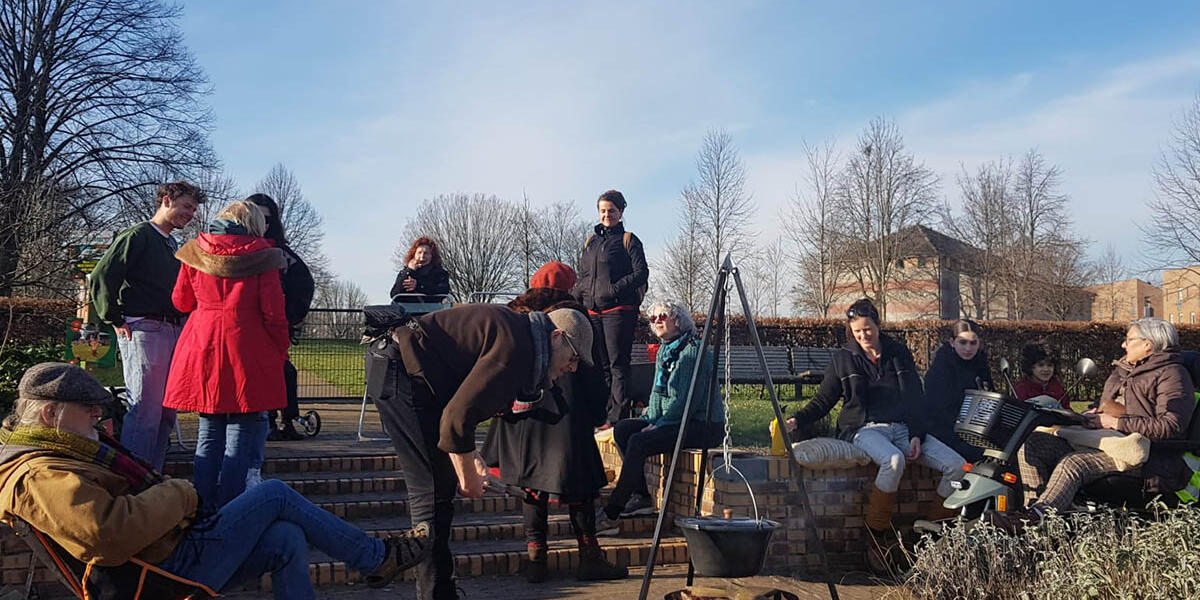
CAPHRI gives citizens a voice in research
Public involvement in research, also known as citizen science, is a very common form of research at CAPHRI. “Citizen science comes in many shapes and forms. We use the term to refer to a form of research in which we really work together with citizens. It’s a democratic way of doing research that lets citizens influence the course of the study. We consider their knowledge and experience to be just as important as our own knowledge. Ultimately, this approach leads to a different kind of knowledge that is more relevant to society”, explains Sanne Raap.
Sanne is a PhD candidate at CAPHRI and one of the researchers involved in Universiteit met de Buurt [“University in the Neighbourhood”]. The project is a living lab for research in Maastricht Noord-West, a neighbourhood where residents are in relatively poor health. Its goal is to work together with local residents to create a healthy and vibrant neighbourhood. Mare Knibbe, an assistant professor in Philosophy and Sociology of Health Sciences at CAPHRI, is also involved in the project. “The research is about citizens”, she says. “It only makes sense to give them a voice in it.”
The neighbourhood research project has been running for almost ten years, during which researchers and residents have organised various activities together. Take the Manjefiek lectures, in which hospital specialists answered questions from the public about conditions such as osteoarthritis and dementia. Or the philosophy café, established on the initiative of the neighbourhood, where researchers and residents discuss what it means to live a good life. Sanne also points to a concrete example of a problem that was solved by listening to local residents. Ambulances often used to arrive at the wrong destination in the neighbourhood. “The assumption was always that residents hadn’t provided the correct address. But through their stories and a visit from EMTs to the neighbourhood, we were able to get to the root of the problem – the ambulance navigation system hadn’t been correctly updated after the redevelopment of the neighbourhood.”
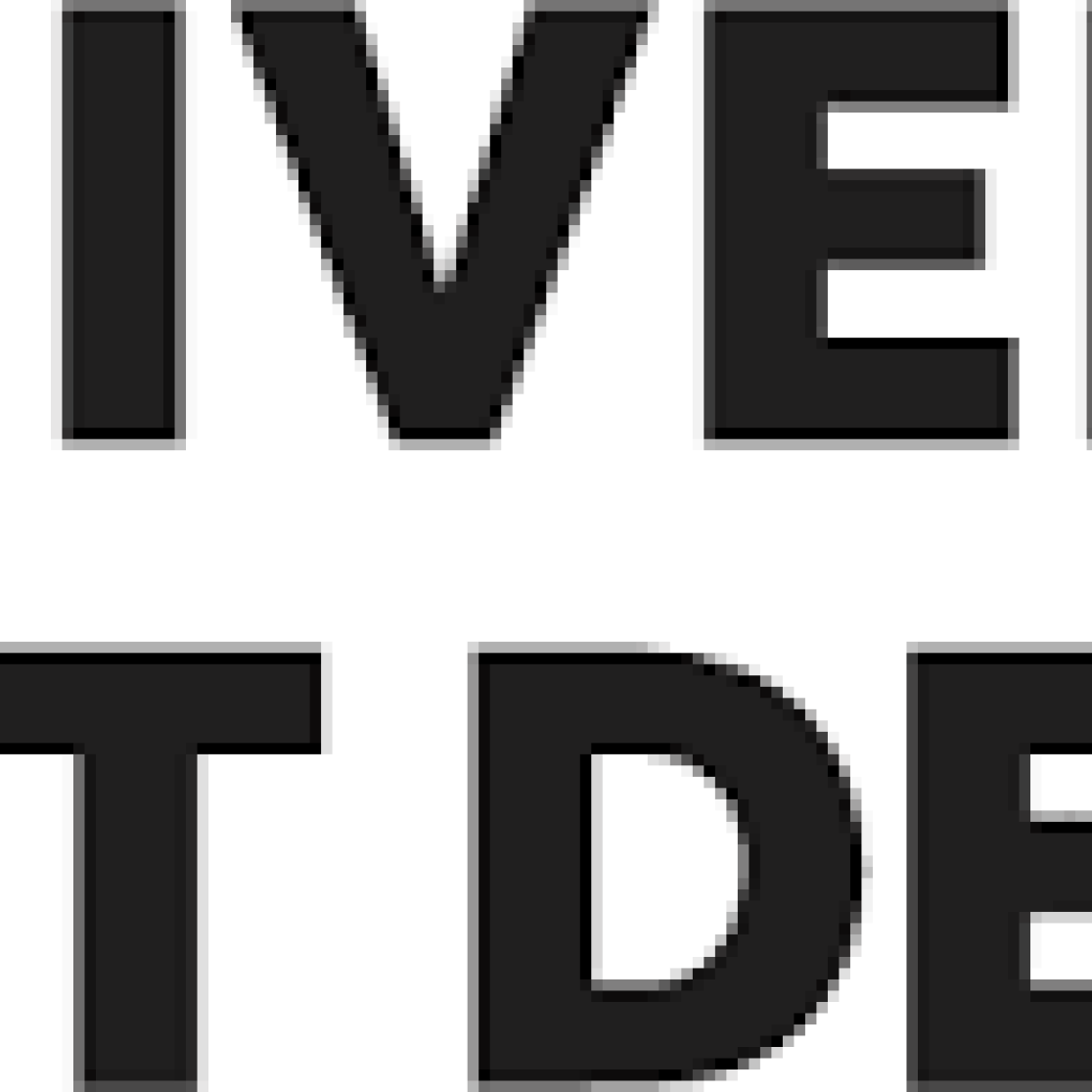
A healthy city
Last year saw the publication of the book A Healthy City (Gezonde stad, uitsluiting en ontmoeting in de publieke ruimte), written by Mare and Professor Klasien Horstman. Together, they set out to find the main thread running through their research in the neighbourhood. A key conclusion is that people no longer feel comfortable with the focus on individual lifestyle as a starting point for public health policy. Health, the book concludes, is a social phenomenon with many facets. One of these facets is the design of the physical environment – which is precisely why it is so important to draw on the knowledge and experience of the people who live in that environment. “What matters is what residents consider important for a healthy neighbourhood”, says Sanne.
The book clearly illustrates how involving the public leads to a different type of research results. According to Jet Bussemaker, chair of the Dutch Council of Public Health & Society, the book “makes a valuable contribution to the much-needed shift towards promoting health through social security, equality of opportunity, and the physical environment”.
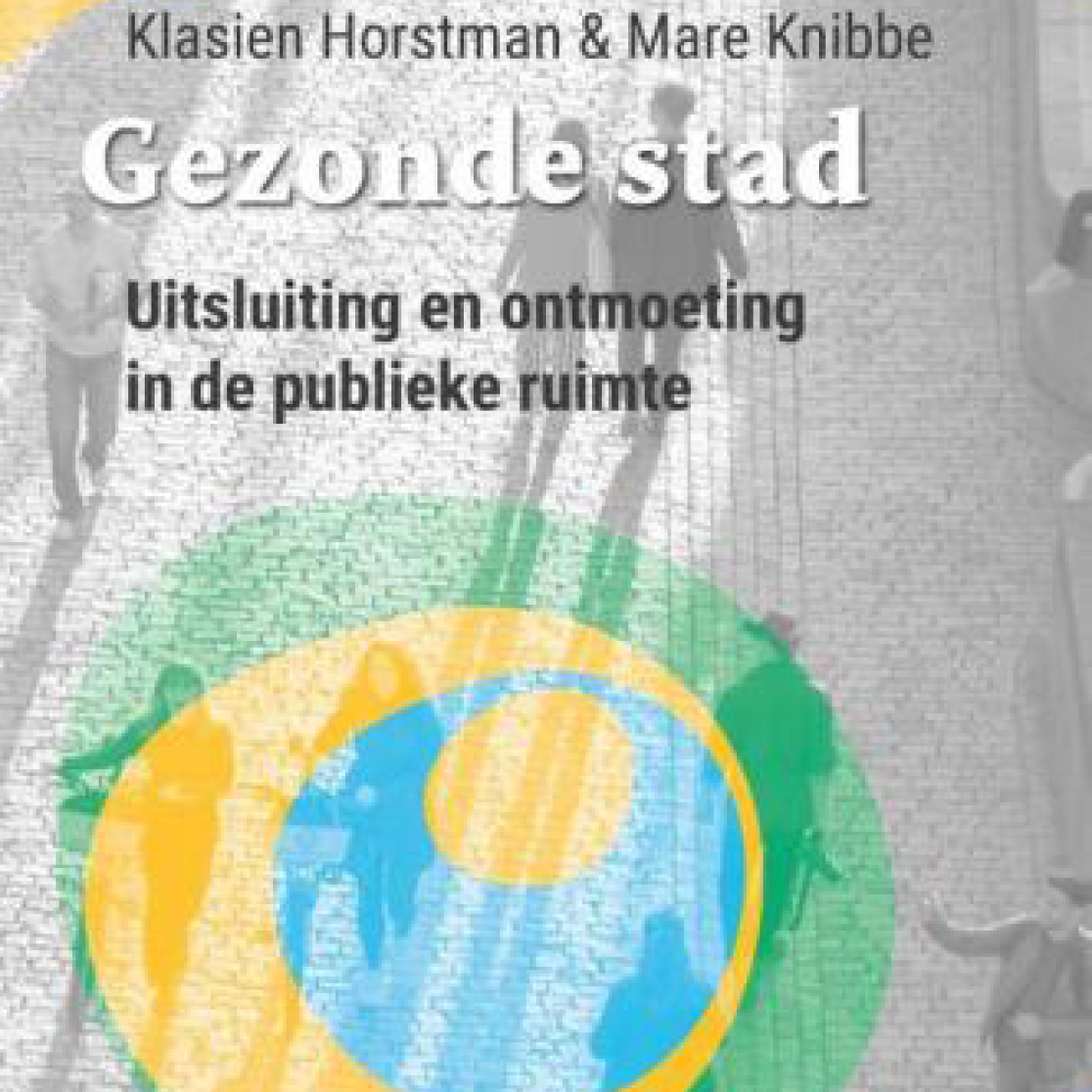
The Living Lab in Ageing and Long-Term Care
Another great example of citizen science at CAPHRI is the Living Lab in Ageing and Long-Term Care Limburg (AWO-L). Ever since its inception 25 years ago, public involvement in research has been the norm at AWO-L. “Citizen science is essentially a new term for something we’ve been doing for a long time”, says Jan Hamers, a professor of Care of Older People and chair and co-founder of AWO-L. “We use a very broad definition of ‘citizen’, encompassing everyone from healthcare practitioners and nursing home residents to informal carers, teachers, and administrators.” These citizens are even involved in setting the research agenda. “Nine-and-a-half times out of ten, they’re the ones who come up with the research questions. We then turn our attention to the questions behind the questions. This practice-driven approach has led to studies and lines of research on healthcare issues such as pain and involuntary care, advance care planning, staff composition, new forms of short-term and long-term care, and the care environment.”
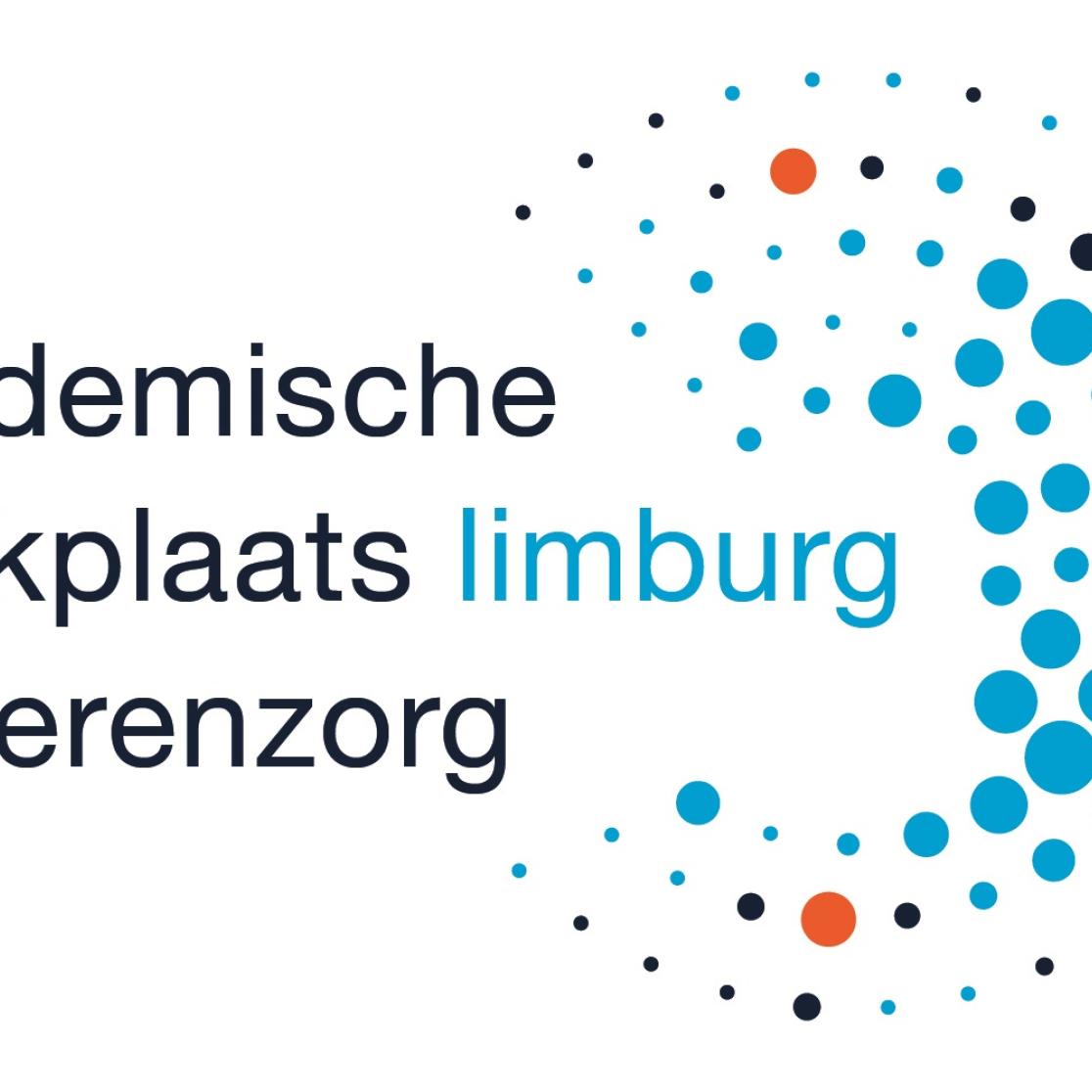
Connecting Conversations
The AWO-L research process typically begins with analysing the existing situation, “so that the people involved become more aware of it”, says Jan. The next step is involving people in the implementation of a new method or other innovation. “People come up with solutions themselves, together with us. We monitor the progress of the implementation and its results, involving citizens in data collection. For example, we have nursing home staff conduct observations in other nursing homes.”
These observations are at the heart of Connecting Conversations (Ruimte voor zorg), a method for assessing quality of care developed in collaboration with healthcare professionals, nursing home residents, and informal carers. It involves an employee or member of the client council, preferably from another health organisation, conducting three separate conversations – one with a nursing home resident, one with a family member of that resident, and one with a professional caregiver involved in their care. All three conversations are recorded and summarised in a report in an app developed for this purpose. The method has proved an effective way for organisations to gain valuable insights from their clients.
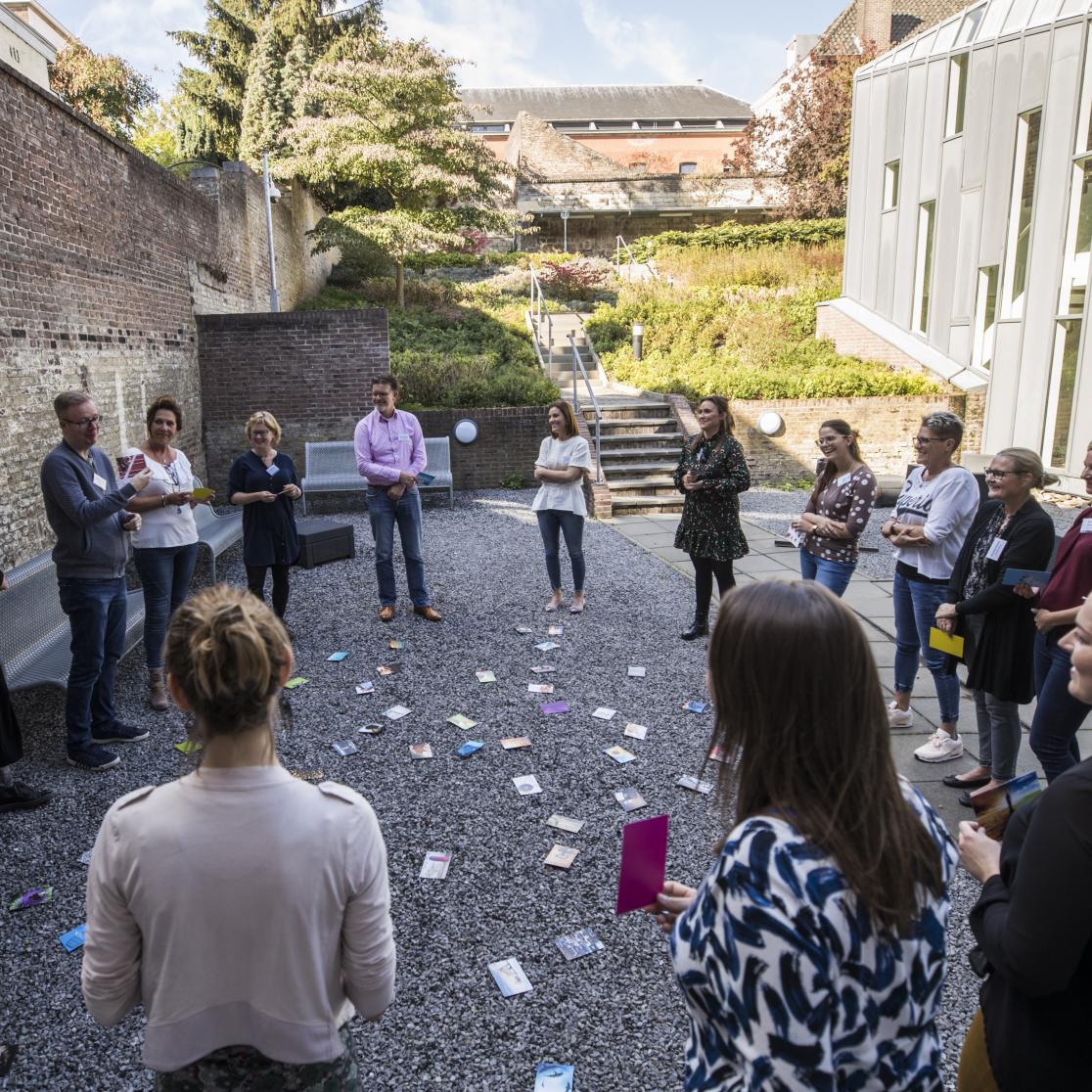
A learning network
In essence, AWO-L is a learning network in which healthcare practitioners, clients and family members work together to improve the quality of nursing home care. All large organisations for care of older people in Limburg are represented in the network, as are two major vocational training schools and Zuyd University of Applied Sciences. Moreover, AWO-L researchers work in a healthcare facility for an average of one day per week. “This way, they stay in touch with what’s going on.” The same is true of the researchers in the neighbourhood research project. “It’s how we get to the places that matter to people”, says Sanne. It just makes sense to involve the public in research, all three researchers agree. They are eager to share their knowledge of citizen science with others, as they did with the book A Healthy City. “We write papers on our approach, and we provide coaching for universities that are interested in adopting it”, explains Jan, “both in the Netherlands and abroad.”
Text: Karin Burhenne
Translation: Emdash